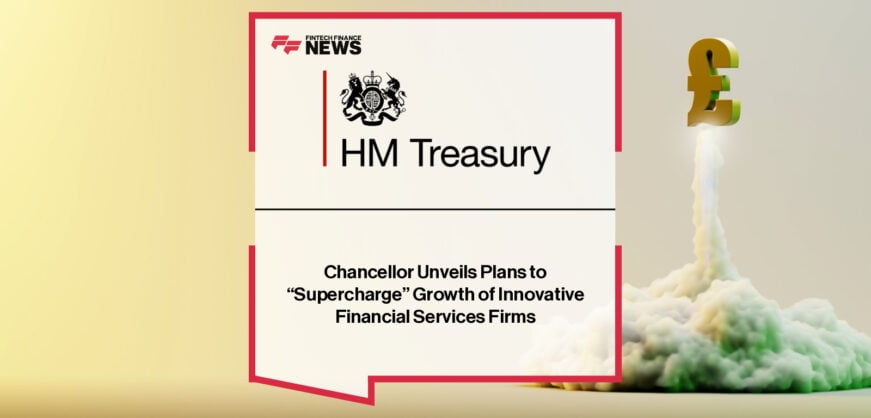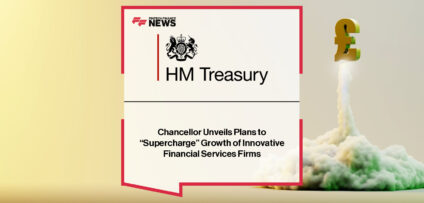Breaking News

Trust in Banking Index Finds Persistent Gap in Trust Between Challenger and Long-Established Banks
The latest Trust in Banking Index from Fairer Finance highlights continuing growth in consumer trust in the banking sector, following a decade marred by scandals and reputational issues. Despite the Financial Ombudsman Service1 seeing a recent increase in complaints relating to current accounts and credit cards, Fairer Finance’s data shows that 82% either ‘strongly agree’ or ‘agree’ that they trust their current account provider, while the figure for credit card providers is 81%.
Disparity in trust between the challengers and long-established banks
However, the Index reveals a persistent disparity in trust between the new challenger banks and some building societies compared to the long-established banks (as seen in the graph below).
Figure one – Consumer trust scores by bank
The Fairer Finance Trust in Banking Index, which has been tracking consumer trust across all banks and their products including mortgages, savings, and current accounts since 2015, has found the four most trusted banks are Starling (61% ‘strongly agree’ that they trust them), First Direct (56%), Monzo (56%), and Nationwide (52%). These ‘challenger’ banks and building societies are known for their customer-first approach.
Despite the success of its sister brand First Direct, HSBC had the lowest trust scores of the big banks (31% strongly agree they trust them), with poor customer service the most-cited reason for dissatisfaction among their customers who were polled. Natwest’s trust score took a hit in 2023, possibly due to the Nigel Farage debanking scandal.
Young people are more trusting of their bank
Tracking 10,000 consumers’ views twice yearly, Fairer Finance has also found that younger consumers aged 18-30 are most likely to trust their current bank (87% agree or strongly agree that they trust their bank, compared to 82% for all respondents and 82% for over 65s). This is driven in part by younger customers using challenger banks more. However, the major cause seems to be that banks are doing better at fulfilling the preferences of 18–30-year-olds, who place relatively more importance on apps and websites and relatively less on bank branches.
James Daley, Managing Director at Fairer Finance, the consumer group and ratings provider, commented: “The FCA’s new Consumer Duty should be helping to close the gap in service between the challengers and the big high street banks. These new rules mean that all banks need to prove they are working to deliver good outcomes for their customers. But if anything, the gap is getting wider. Nationwide continues to be the one organisation with a major high-street presence that achieves trust ratings in the same ballpark as the challengers. Its popular advertising campaigns and commitment to its branch network are continuing to drive trust in the brand upwards.
“These latest results suggest that most banks still have plenty to do to meet the requirements of Consumer Duty, and turn their customers’ perceptions around.”
Figure two– Consumer trust scores by banking product
The most trusted banks were also rated highly for their slick digital services across websites and apps, good levels of communication with their customers (at the right time and through the right channels), and good reliability. The customers who say they are least confident in managing money are less trusting of their bank.
People In This Post
Companies In This Post
- FF Tattoo Studio: Fenergo on Native ID&V and the Fight Against FinCrime Read more
- Generative AI in Banking: From POCs to Front-Office Impact Read more
- EXCLUSIVE: “Chain Reaction” – Sergey Nazarov and Fernando Vazquez, Chainlink in ‘The Paytech Magazine’ Read more
- FF Tattoo Studio: Datavillage on Privacy-First Data Collaboration and Faster Fraud Investigations Read more
- Chancellor Unveils Plans to “Supercharge” Growth of Innovative Financial Services Firms Read more



















